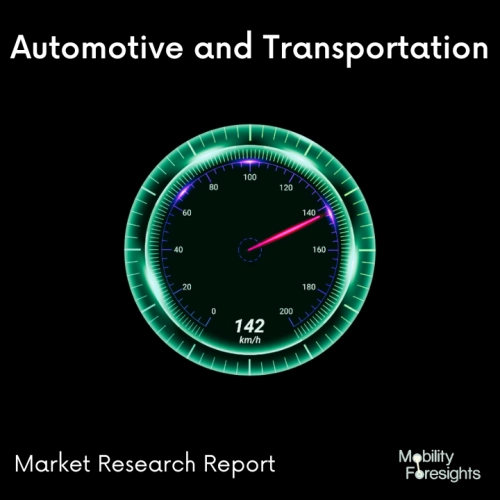
- Get in Touch with Us

Last Updated: Apr 25, 2025 | Study Period: 2024-2030
An electric car's power system consists of just two parts: the motor that generates the power and the controller that manages how it is used.
EVs function like automatic vehicles. Both forward and reverse are options. The following things happen when you put the car in gear and depress the accelerator pedal: For the electric motor, power is transferred from the DC battery to AC.
Electric automobiles having less parts, no internal combustion engine, no oil, reduced brake wear, and parts that need little to no routine maintenance, which results in lower repair and maintenance expenses over the course of the car's lifetime than gas-powered vehicles.
The on-board charger (OBC) is a gadget that transforms ac power from any ac source into usable dc form. Power conversion is its primary function, and it is typically located within the car. In light of this, on-board chargers offer the benefit of allowing us to charge our electric vehicles directly from an outlet at home.
A battery replaces the gas tank in electric vehicles (EVs), which also contain an electric motor in place of an internal combustion engine. In order to combine gasoline and electricity, plug-in hybrid electric vehicles (PHEVs) feature a battery, an electric motor, a gasoline tank, and an internal combustion engine.
When driving, an electric vehicle, such an electric automobile, uses one or more electric motors that are powered by a battery pack.

The Global EV Power switch market accounted for $XX Billion in 2023 and is anticipated to reach $XX Billion by 2030, registering a CAGR of XX% from 2024 to 2030.
The new low resistance product from VisIC Technologies Ltd., a market leader in gallium nitride (GaN) transistors for automotive high-voltage applications, will increase the effectiveness and decrease the cost of producing electric vehicles.
A further step in ongoing efforts to help our clients and enhance the power conversion systems is the new 8mOhm product.
In comparison to the previous generation of VisIC products, the V8 product increases current capacities by a factor of 2 and decreases resistance by a factor of 2.5.
This will enable customers to develop inverter systems that are more suitable for the target EV market in terms of size, power, and cost.
The V8 product is yet another development in our ongoing mission to offer a superior product based on D3GaN technology.
To significantly improve the electric drive system, the brains of the electrical vehicle, development on the new product is done in close cooperation with our top clients.
| Sl no | Topic |
| 1 | Market Segmentation |
| 2 | Scope of the report |
| 3 | Abbreviations |
| 4 | Research Methodology |
| 5 | Executive Summary |
| 6 | Introduction |
| 7 | Insights from Industry stakeholders |
| 8 | Cost breakdown of Product by sub-components and average profit margin |
| 9 | Disruptive innovation in the Industry |
| 10 | Technology trends in the Industry |
| 11 | Consumer trends in the industry |
| 12 | Recent Production Milestones |
| 13 | Component Manufacturing in US, EU and China |
| 14 | COVID-19 impact on overall market |
| 15 | COVID-19 impact on Production of components |
| 16 | COVID-19 impact on Point of sale |
| 17 | Market Segmentation, Dynamics and Forecast by Geography, 2024-2030 |
| 18 | Market Segmentation, Dynamics and Forecast by Product Type, 2024-2030 |
| 19 | Market Segmentation, Dynamics and Forecast by Application, 2024-2030 |
| 20 | Market Segmentation, Dynamics and Forecast by End use, 2024-2030 |
| 21 | Product installation rate by OEM, 2023 |
| 22 | Incline/Decline in Average B-2-B selling price in past 5 years |
| 23 | Competition from substitute products |
| 24 | Gross margin and average profitability of suppliers |
| 25 | New product development in past 12 months |
| 26 | M&A in past 12 months |
| 27 | Growth strategy of leading players |
| 28 | Market share of vendors, 2023 |
| 29 | Company Profiles |
| 30 | Unmet needs and opportunity for new suppliers |
| 31 | Conclusion |
| 32 | Appendix |